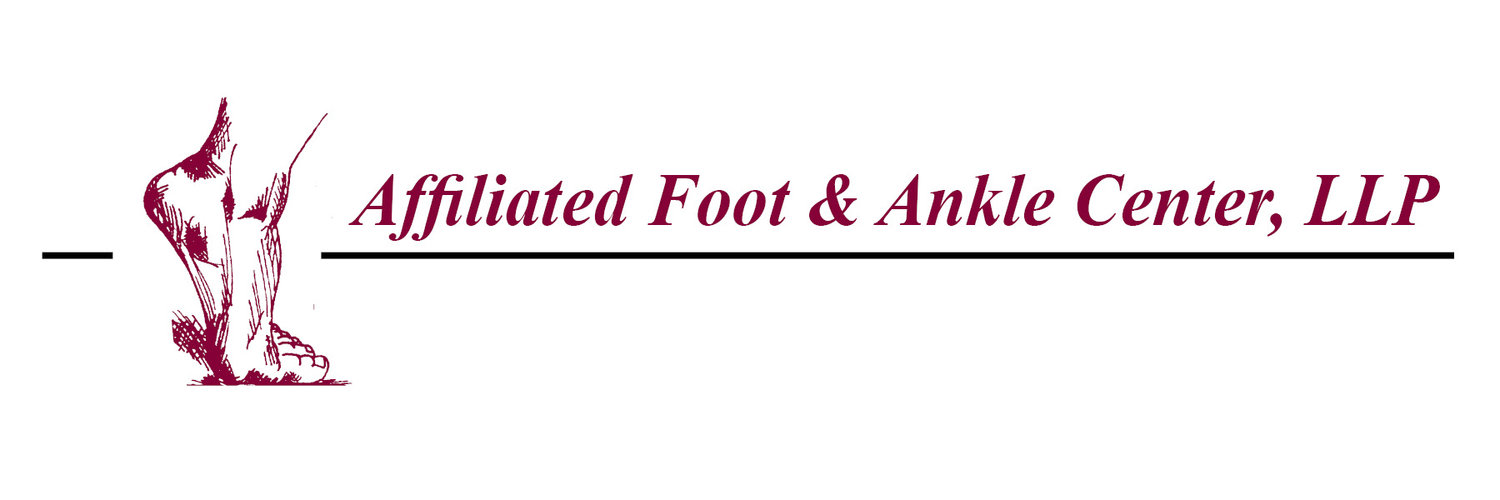Shaquille O’Neal and His Right Hallux
/Retired basketball celebrity Shaquille O’Neal somehow saw fit to remove a shoe on national TV while commentating during the Celtics vs. Cavaliers game the other week. Another commentator joked that his foot was really “a potato and four toes.” Halftime viewers took to Twitter afterwards with all kinds of wisecracks about the condition of Shaq’s toes. People were grossed out.
Feet and toes get a bad reputation. Sure, a lot of people’s feet don’t look like the Photoshopped pictures we see in magazines. They have bunions and calluses. Their toes aren’t perfectly aligned. Their toenails are thick and discolored. So what? – Our feet and toes may not be perfect, but they carry us around valiantly day after day.
In Shaq’s case, his toes helped fly him up and down the basketball court for darn near close to 20 years. And it happens to be true that the right big toe that Twitter was all a-flutter about has an excuse to look a little out of sorts: Shaq underwent surgery in 2002 for a very specific condition.
So what’s up with Shaq’s toe?
Shaquille O’Neal had a particular kind of arthritis that we at Affiliated Foot & Ankle Center call “hallux limitus.” The base of his right hallux (the medical name for big toe) had limited movement (that’s the limitus part). A person’s big toe can become stiff for a number of reasons -
· overuse (and that’s a big problem for professional athletes)
· a misalignment between the toe and the metatarsal bone to which it’s connected
· the presence of bone spurs
· genetics
· injury
Why surgery?
Shaq struggled with his arthritic toe for a while and tried to ease the pain with conservative treatments like special sneakers, shoe inserts, and anti-inflammatory medications - approaches that our podiatrists - Dr. Samantha Boyd, Dr. Hal Ornstein, Dr. Joseph Saka, and Dr. Katy Statler - would also take before recommending surgery.
However, hallux limitus can turn into hallux rigidus - when the joint becomes permanently rigid and unmovable. It’s up to you and your doctor to decide if conservative approaches aren’t working and you need surgery before the joint is completely disabled.
Even if you’re not a professional athlete, a functional big toe makes walking, running, and playing sports a whole lot easier. Call us at (732) 905-1110 if you’ve got stiffness and pain in your big toe. You don’t have to be a star athlete for us to treat you like one. Give us a call or make an appointment online.


